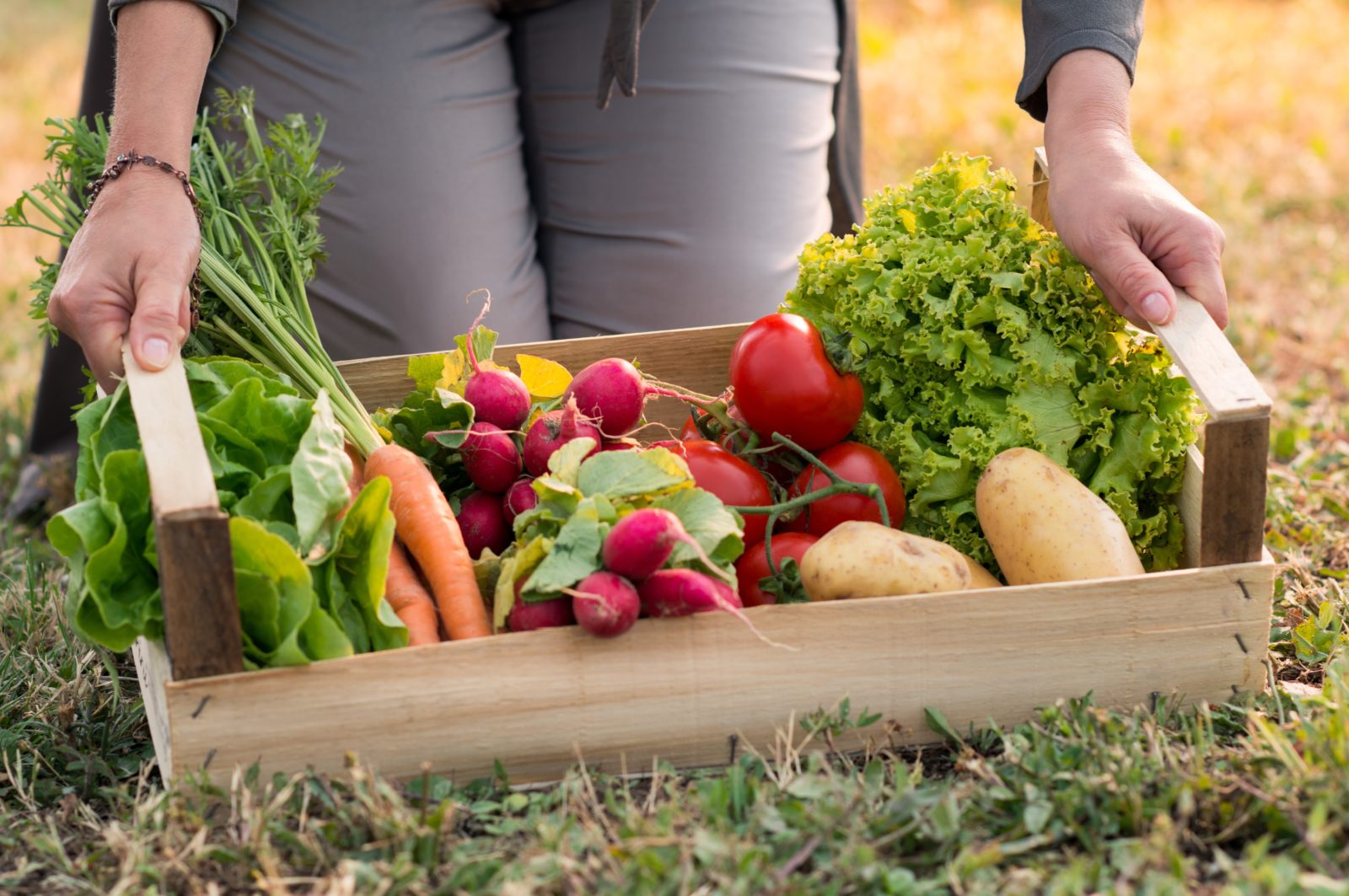Together with carrot and onions, celery belongs to the classic mirepoix. Its characteristic aroma and fresh taste makes it so popular in cuisines worldwide. It should not surprise you either that it contains plenty of valuable nutrients. What could surprise though is that the less popular celeriac is the root version of celery and can be used in mirepoix too. Both the celery and celeriac can be grown in home gardens. Below you will find the key facts and tips that should enable you to grow beautiful, tasty, and aromatic celery on your own. Check out celery and celeriac seeds here.
Meet the celeriac
The celeriac, sometimes referred to as celery root, is a vegetable whose main edible part is the thick underground stem. It looks like a large spherical tuber. Celeriac leaves are feathery and serrated. Celeriac can be used in many ways, as it tastes great boiled, roasted, and pickled. Both the root and the leaves can be used as base for healthy juice and smoothies. In many countries, you could not cook soup stock or sauce base without the addition of a celery root. It is also widely used by the food industry. It can be found in many products that you buy daily in groceries without even knowing about it. First and foremost, celeriac allows to flavour and aroma to many food products. Frozen mirepoix, pickles, vegetable juice, and concentrate are the main product in which you can find celery root. You can use the rich leaves too. They resemble parsley and can be used in manner.
Growing celery and celeriac in the garden
Both celery and celeriac are considered relatively easy to grow. That task turns even easier when you prepare for it beforehand. Make sure to find a new site for celery, where it has not grown before. Avoid situations where you have grown other vegetables, such as carrot, parsnip, leek, onion, and dill, too. The right kind of soil, watering, and plant protection belong to the key factors for the successful growing of celery and celeriac.
Celery requirements
You celery will reach the desired size and quality when growing it in a fertile, not-too-compact or too heavy soil. It belongs to vegetables of alkaline earth that would not grow well in acidic soil. You can plant it already in the first year after enriching the site with manure in case of lesser soils, and in the second year in soils of better quality. Celery and celeriac share their requirements. They thrive on sunny sites as sunlight guarantees higher yield. They require plenty of water too. A soil that remains dry for extended periods of celery or celeriac vegetation always leads to unsatisfying results. Be prepared for daily watering of a celery culture during its intensive growth. Weed and rake the soil regularly. Harvest the stalks and the roots as they mature. Remember that young celeriac roots and leaves are way more aromatic. Celeriac roots that you would like to store must be harvested before first frost in autumn.
Growing celery seedlings
It usually takes eight to nine weeks to grow celery and celeriac seedlings. Seeds need time to germinate and are very sensitive to cold, hence you must sow into pots at home. Start early, between mid-January and mid-February. Adjust the exact seeding time to the growing site, as you can transplant seedlings either into a greenhouse or onto a field. Sow into a fertile, rich soil with high water capacity. Seeding without covering brings good results. The reason behind is to let seeds access more sunlight. Water the pots moderately after sowing. You can also cover them with cling foil. The optimal temperature for growing celery seedlings is 20 to 22ºC during the day and at least 20⁰C at night. Seedlings require pricking out after three to four weeks. We recommend to use a multi-pot for that purpose. Water seedlings with lukewarm water, since cold water may lead to diseases. Transfer celery and celeriac seedlings to the permanent site after mid-May. Plant them in 40 x 40 cm or 30 x 20 cm spacings.
Celery and celeriac are rich in nutrients and minerals. The regular consumption of those vegetables helps your body deal with many ailments. You can use both vegetables in many ways. Aromatic celery stalks or roots harvested straight from a vegetable bed should add flavour and vitamins to any given dish.
Look into other vegetables that you can grow from seed here.








Leave a Reply
View Comments